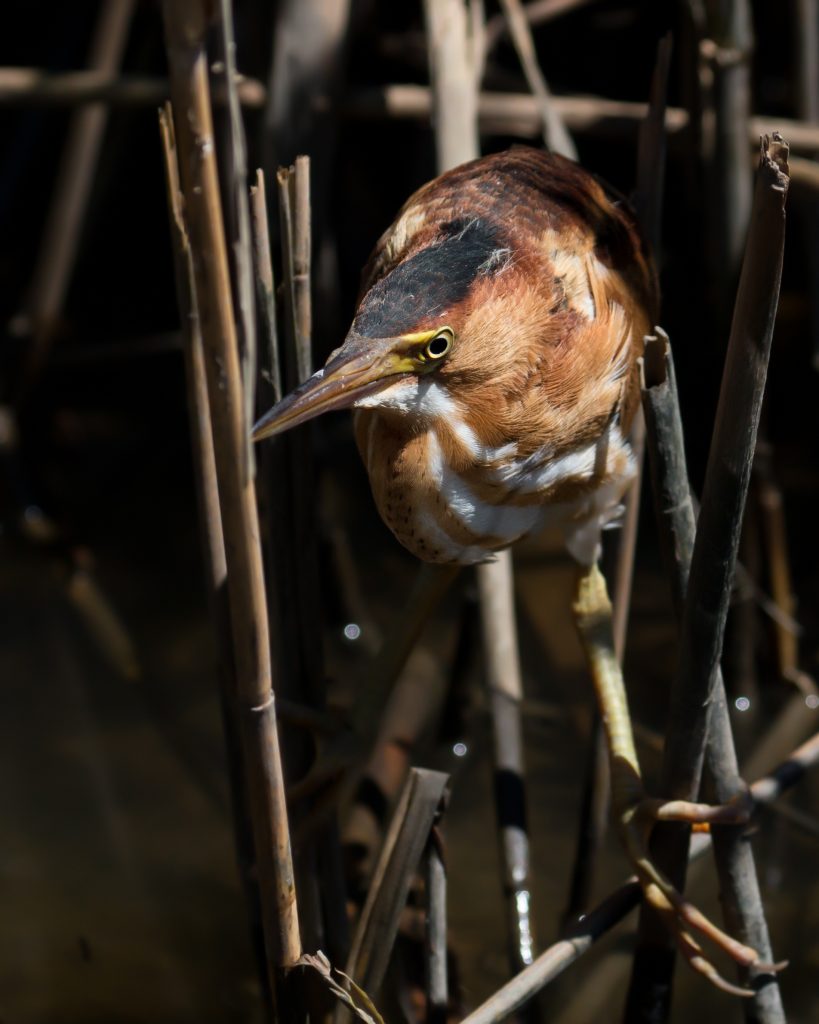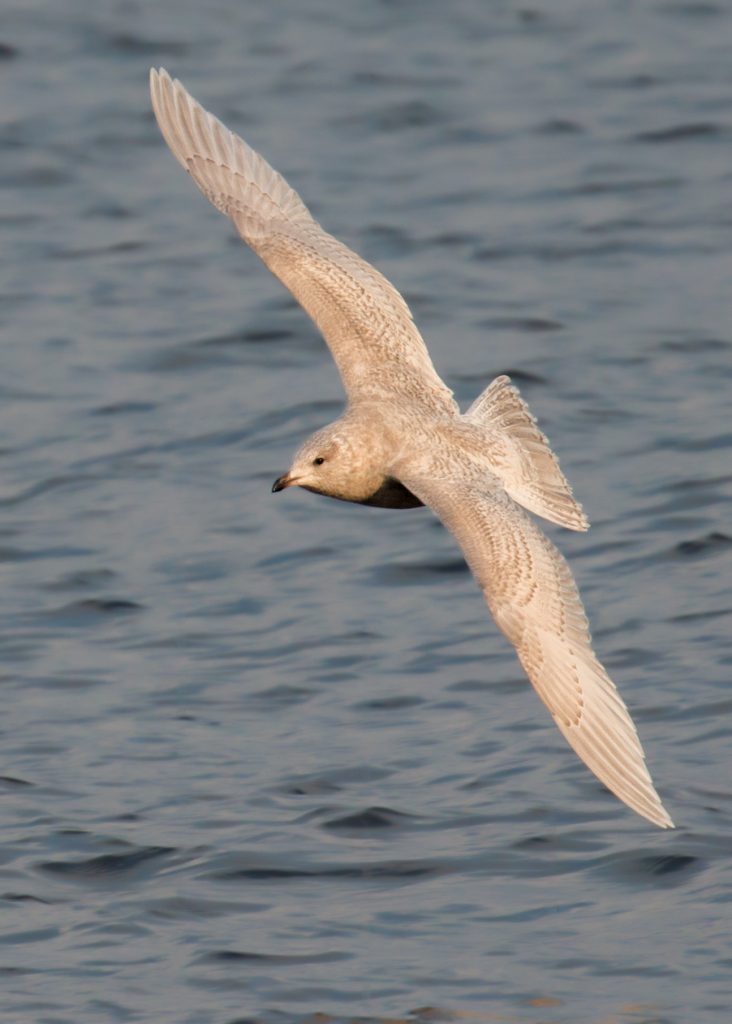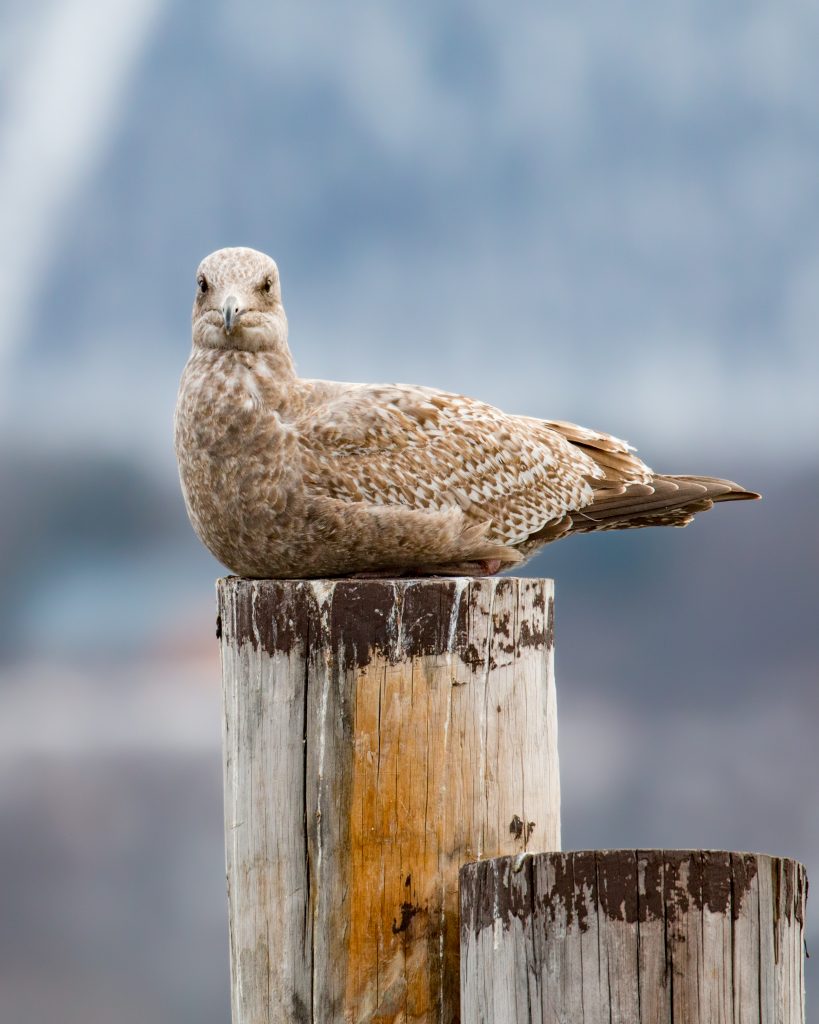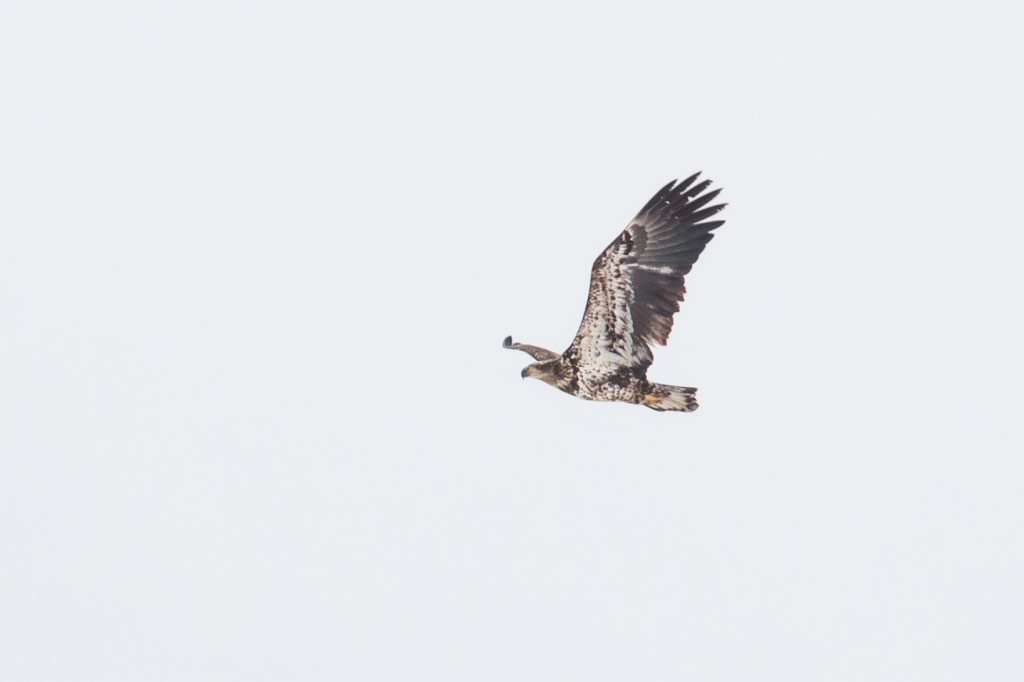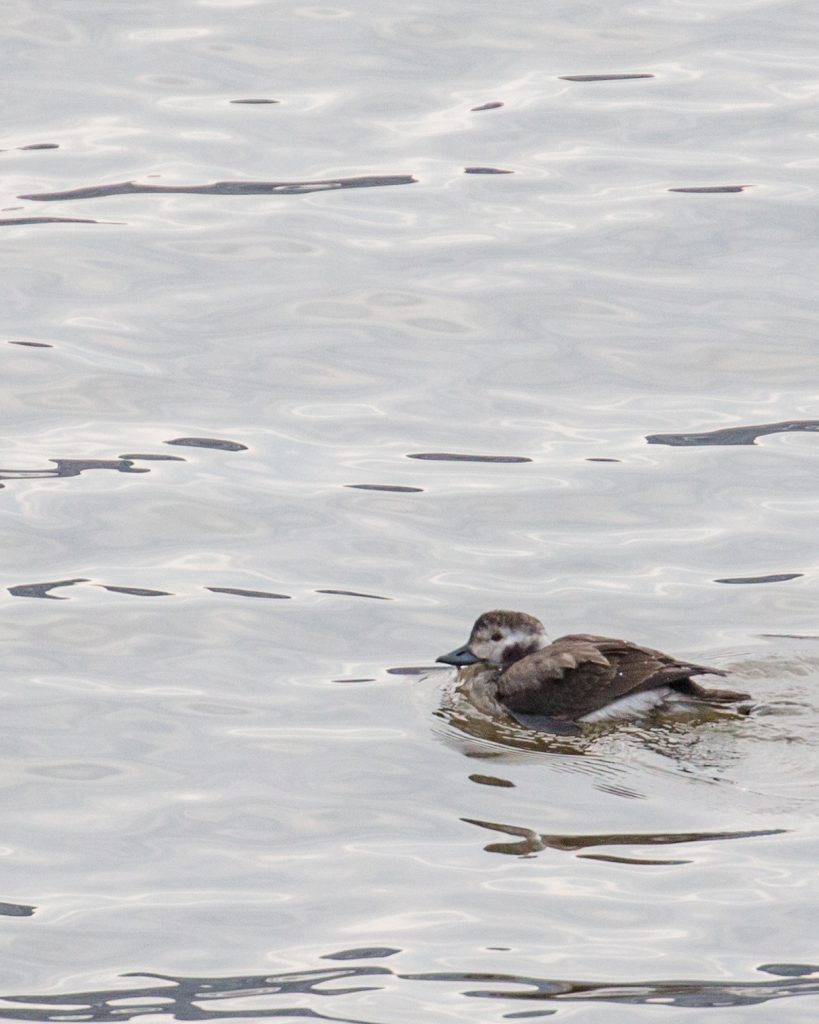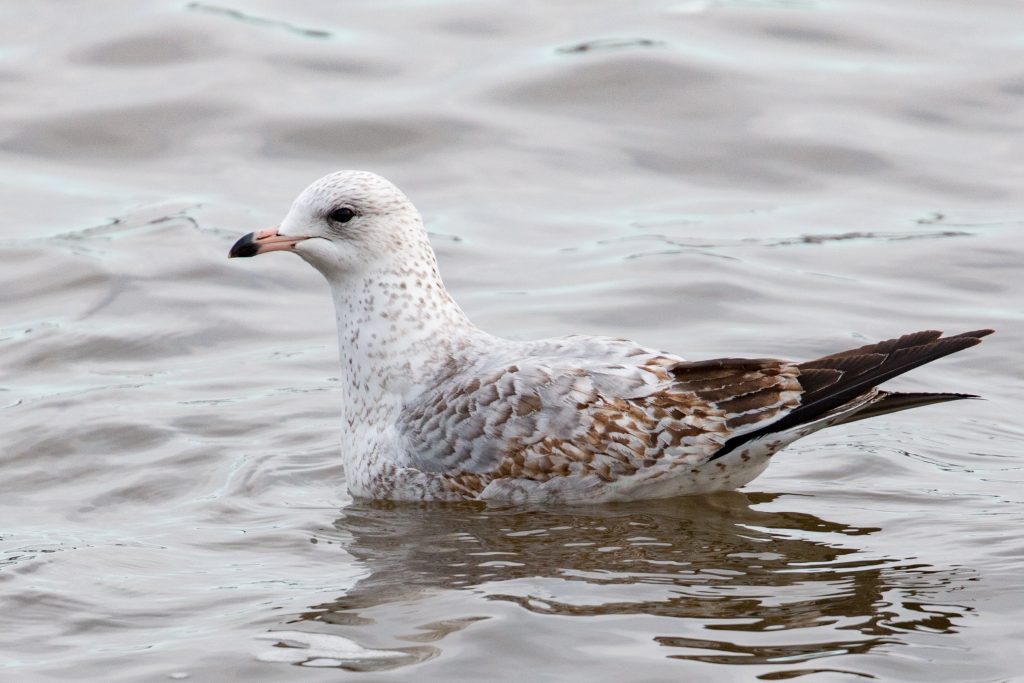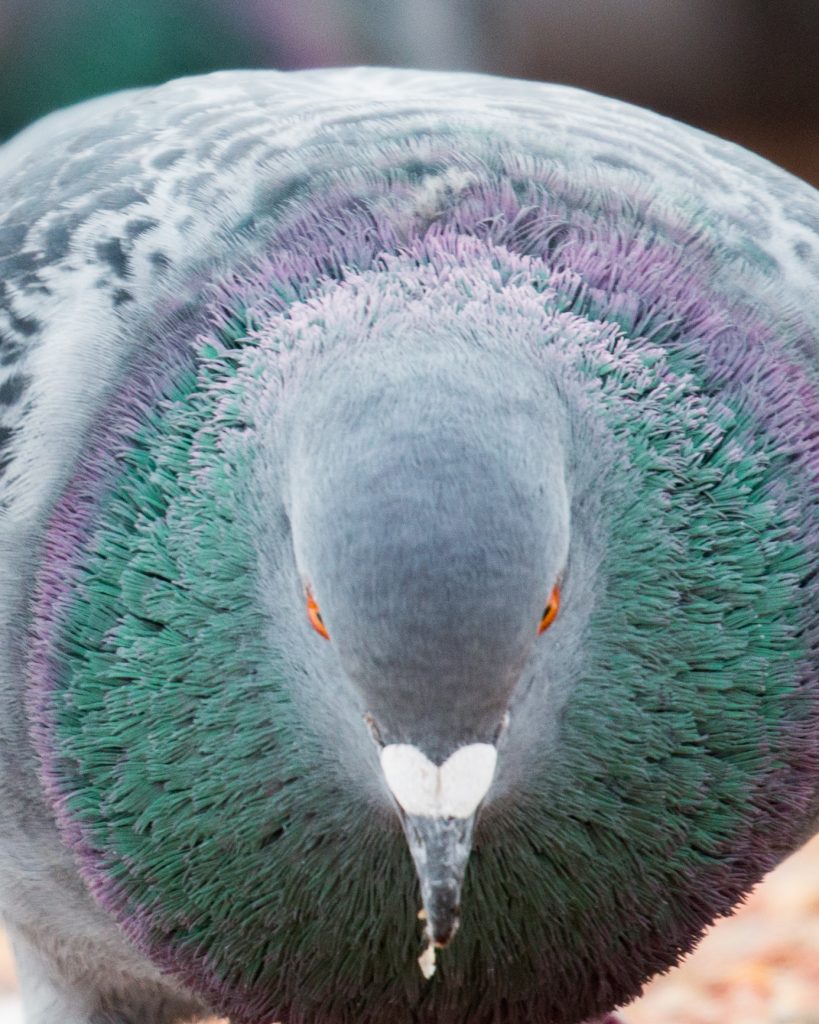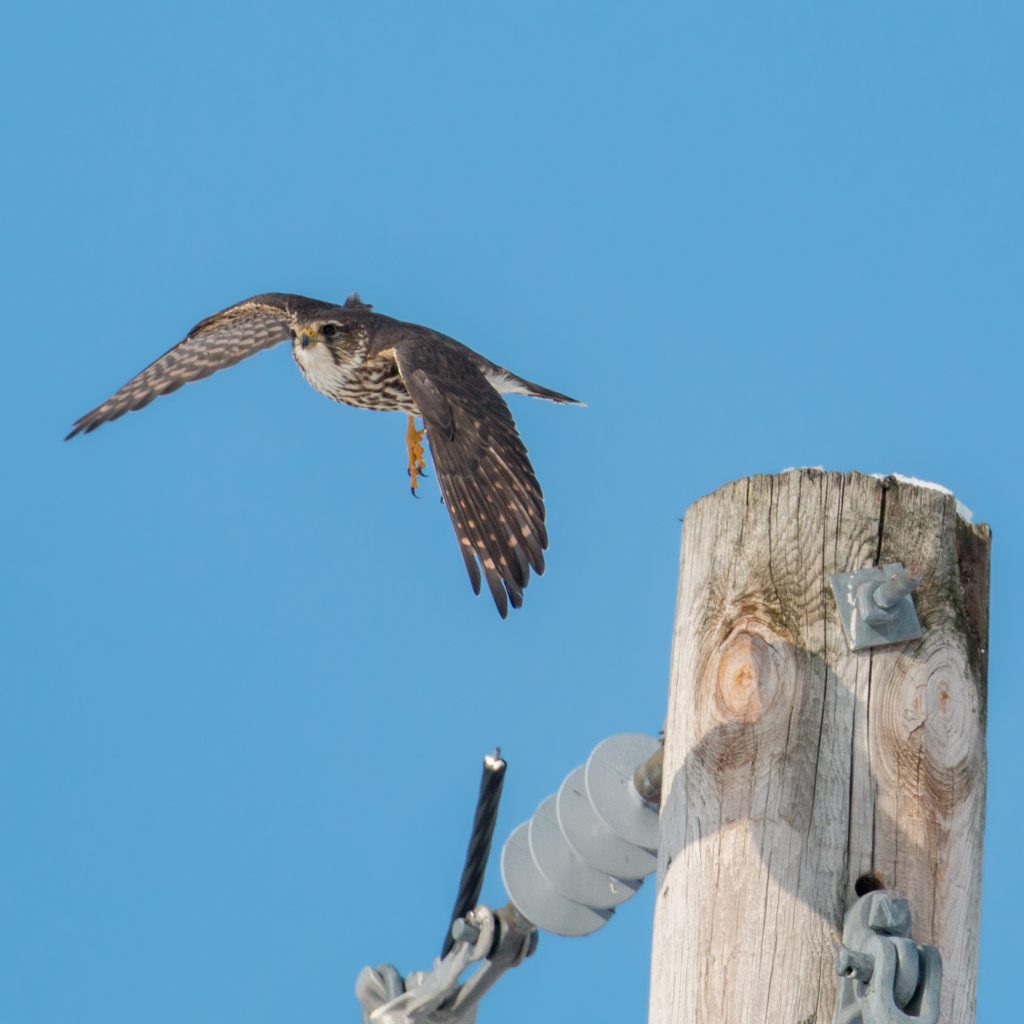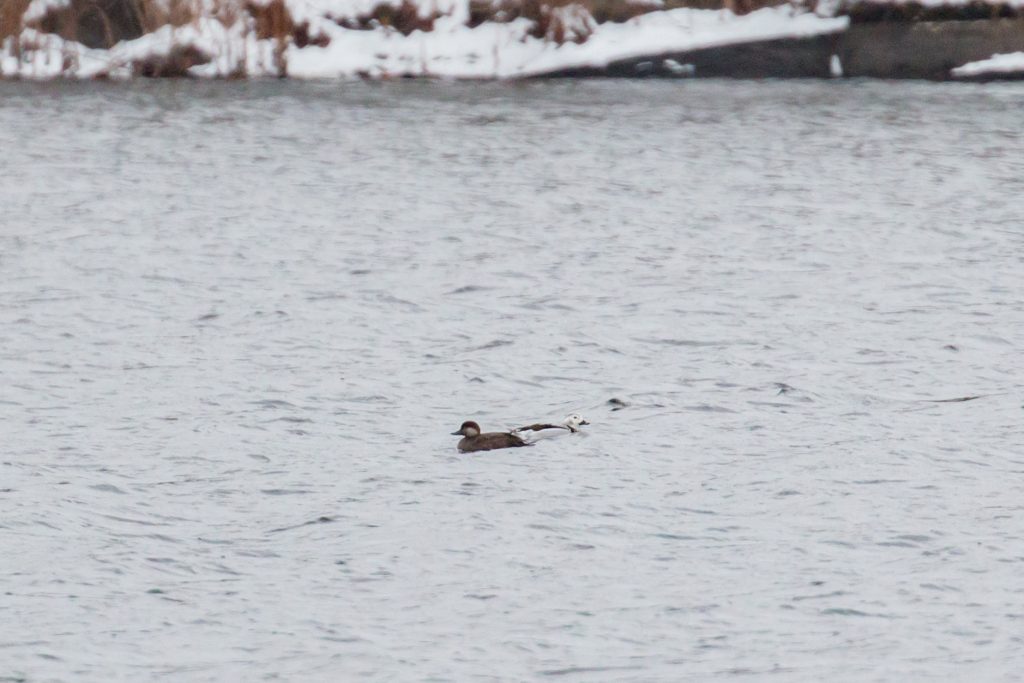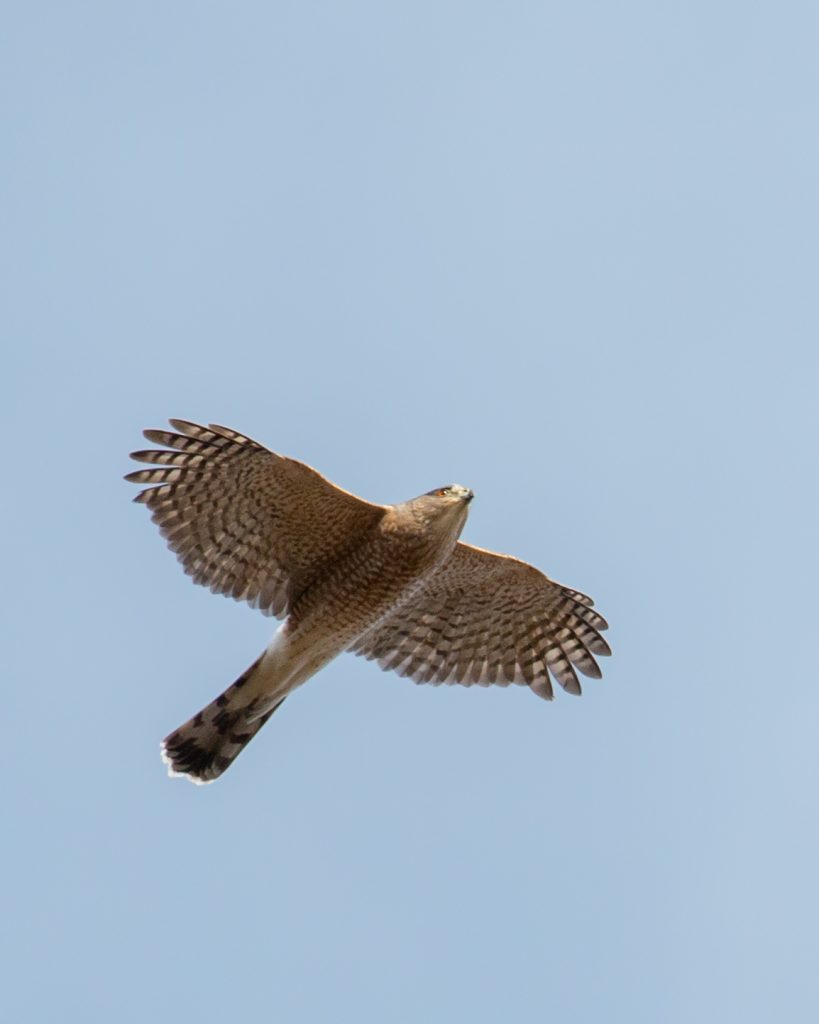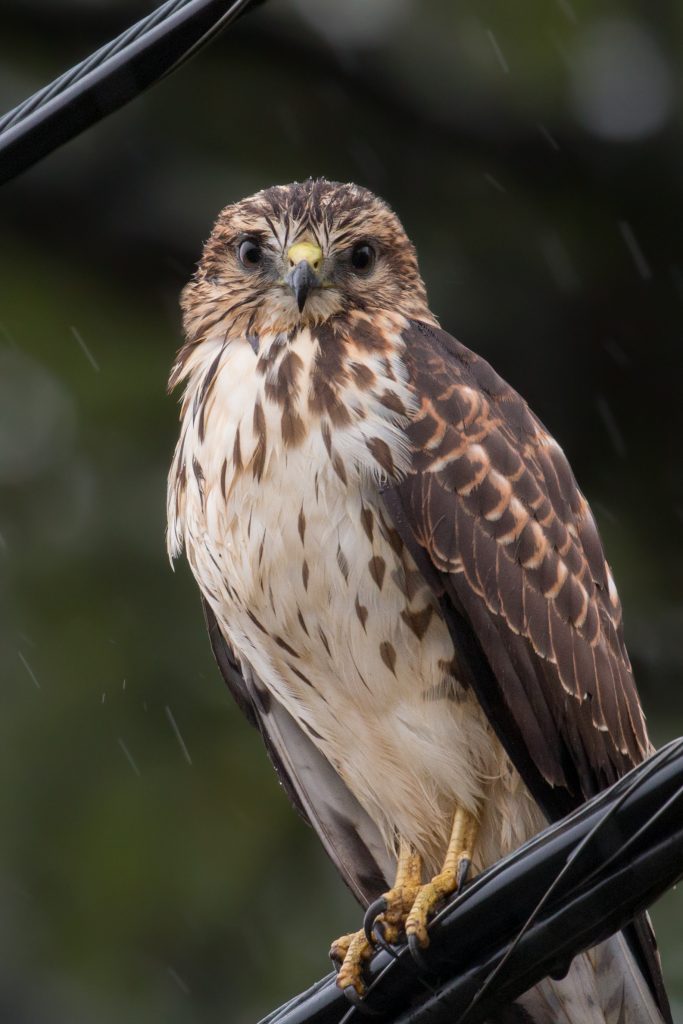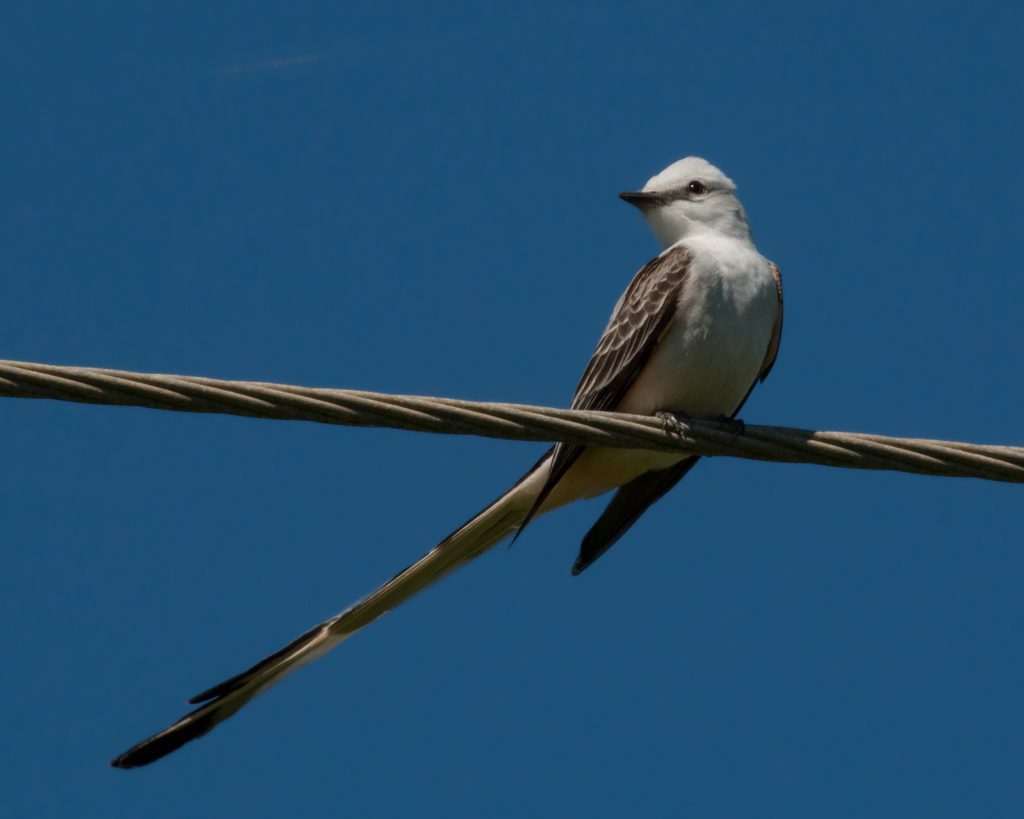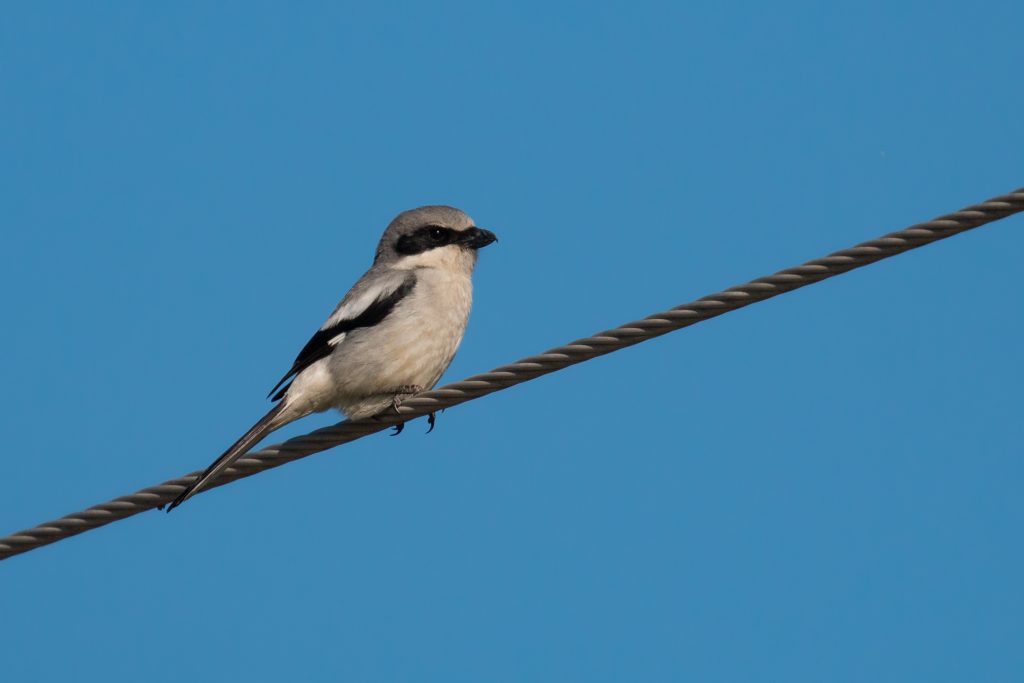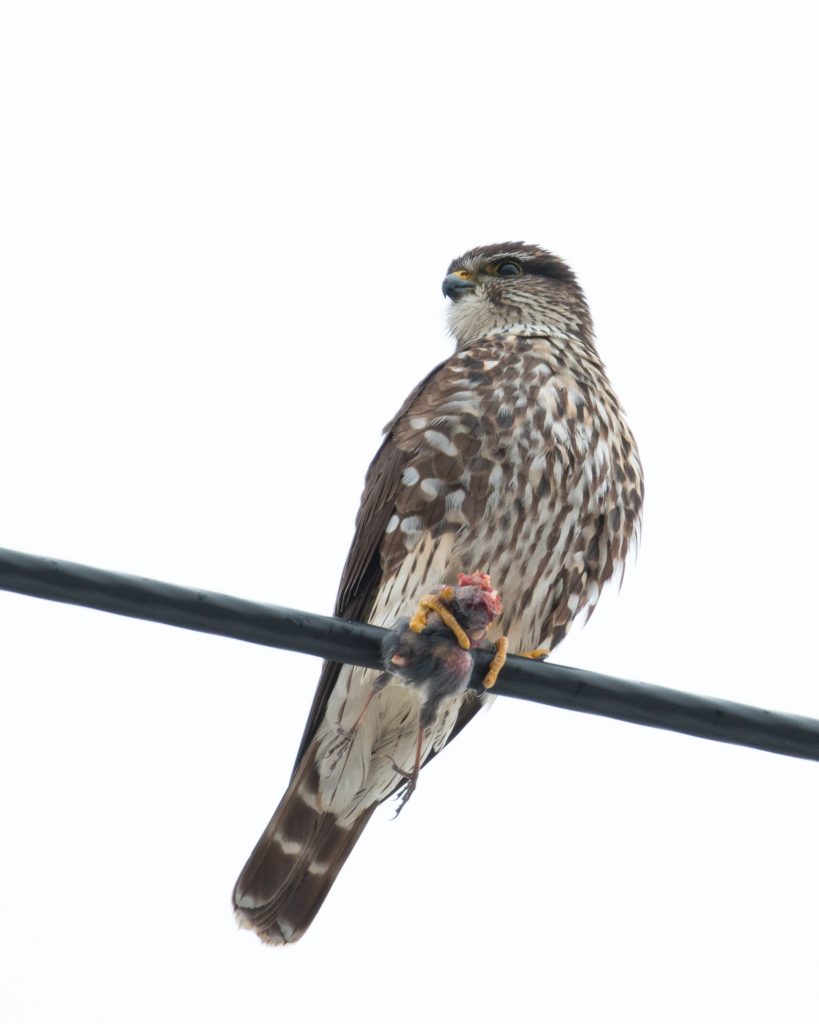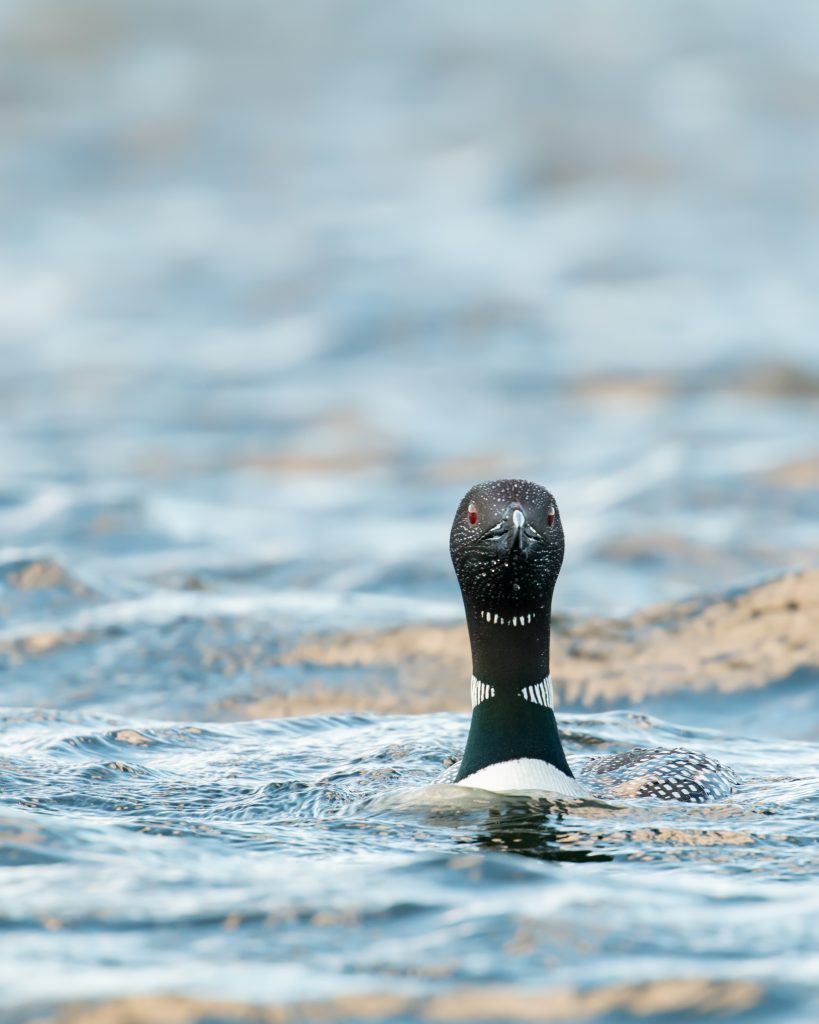
Well, another year of birding is officially in the books! The end of year post has always been one of my favorites to write; it’s fun for me to look back on the year of birding and remember all the highlights.
2017 MONTH-BY-MONTH HIGHLIGHTS
JANUARY: I went on my first Winter Pelagic and it did not disappoint. I got two life birds on the trip: Dovekie and Black-legged Kittiwake. Snow Geese represented well in the black dirt and provided plenty of photo ops. And, a ROSS’S GOOSE was an easy get at Monroe-Woodbury Middle School.
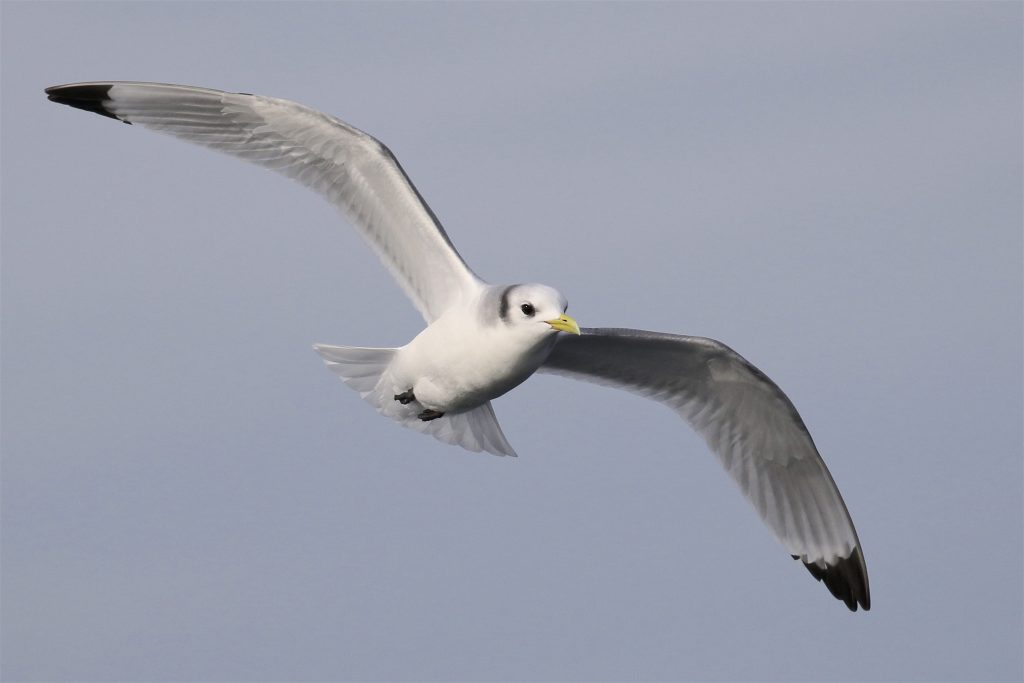
FEBRUARY: Snow Geese continued to linger in the Black Dirt and a trip to the Jersey Shore yielded two really good birds: RAZORBILL and a Lesser Black-backed Gull.
MARCH: I got my lifer Long-eared and Northern Saw-Whet owls on a trip to Connecticut. There was a trio of Long-tailed Ducks at Glenmere Lake, and 4 Sandhill Cranes in Ulster County. I joined Kathy Ashman, Bruce Nott, and Linda Scrima out at Wickham Lake for one of the best waterfowl fallouts I’d seen in the OC; we had 17 species of waterfowl including 3 Horned Grebes and 17 Redheads (an OC life bird for me!).
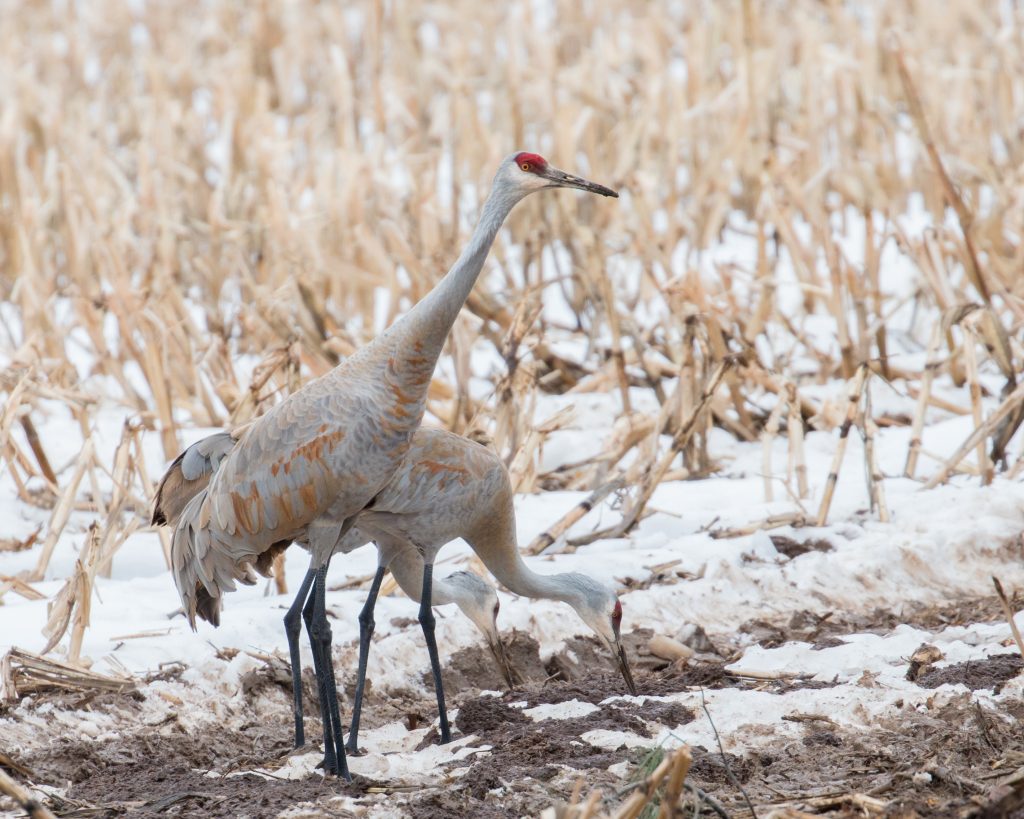
APRIL: Early in the month, I went on a family vacation to Sargent, Texas, where I accumulated 12 life birds. A little later in the month I ran for a Trumpeter Swan at the Bashakill.
MAY: A lot went on in May. Good waterfowl sitings included a White-winged Scoter at Glenmere and 4 Red-necked Grebes at Wickham Lake. Linda Scrima located and documented very well a SUMMER TANAGER at Laurel Grove Cemetery. I had a 5 swallow night at the Liberty Loop (Tree, Barn, N. Rough-winged, Bank, and Cliff). I participated in the Mearns Bird Club’s Break 100 on a team with John Haas, Karen Miller, and Jeff Goulding. We located one of the best birds of the day, a LESSER BLACK-BACKED GULL. The following day, I got my Orange County lifer Yellow-breasted Chat, originally located during the Break by the team of Alan & Della Wells and Dave and Sharon Baker. At the Grasslands, I picked up 2 life birds in 2 minutes: DICKCISSEL and HENSLOW’S SPARROW. At the end of the month I had a super showing of shorebirds at the Camel Farm, including 2 RED-NECKED PHALAROPES and 6 White-rumped Sandpipers. Later in the evening, Rob Stone would add a WILSON’S PHALAROPE to the list.

JUNE: Things slowed down a bit in June; there was a Black Tern at the Liberty Loop that I missed out on. The highlight of the month for me was my yearly trip to Adirondacks; this year Kyle Dudgeon joined me and we overdosed on Common Loons (never a bad thing).
JULY: Linda Scrima located a Forster’s Tern at the Liberty Loop; I ran and was able to get some great shots of that bird. Rob Stone relocated 5 WHITE IBIS at Wickham Lake and thanks to Curt McDermott and his kayak, I was able to get some good shots of those birds too. Following up on an eBird report, Linda Scrima and I relocated a SNOWY EGRET at Citgo Pond, which was an OC lifer for both of us. I had an amazing encounter with a LEAST BITTERN with Linda and Maria at Richard W. DeKorte Park – see more about this below.
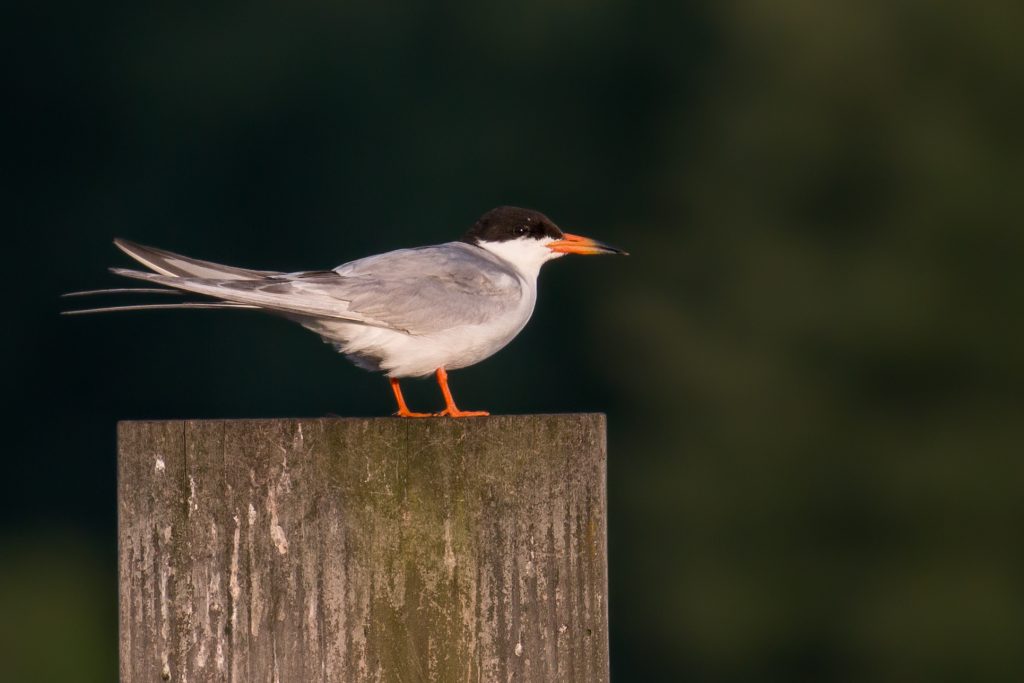
AUGUST: There was a Glossy Ibis at Citgo Pond, originally located by Bill Fiero. I located a pair of UPLAND SANDPIPERS in the black dirt.
SEPTEMBER: Hawkwatch at Mt. Peter began; we counted over 6800 Broad-winged Hawks for the month, which is slightly below average. I had my best showing of Common Nighthawks since moving to OC, with nearly a dozen sitings. I located 5 SANDERLINGS, another OC lifer for me, in the Black Dirt.
OCTOBER: Linda Scrima struck again and located a NELSON’S SPARROW at the Liberty Loop. I was lucky enough to get that bird one evening after work. Maria Loukeris made her mark, locating a SAY’S PHOEBE, also at Liberty Marsh. Unfortunately that bird did not stick around for anyone else to see it, but it was documented with a beautiful shot by Maria. I had an amazing 36 Pectoral Sandpipers later in the month, again at Liberty Marsh, as well as a very early Rough-legged Hawk in the Black Dirt.
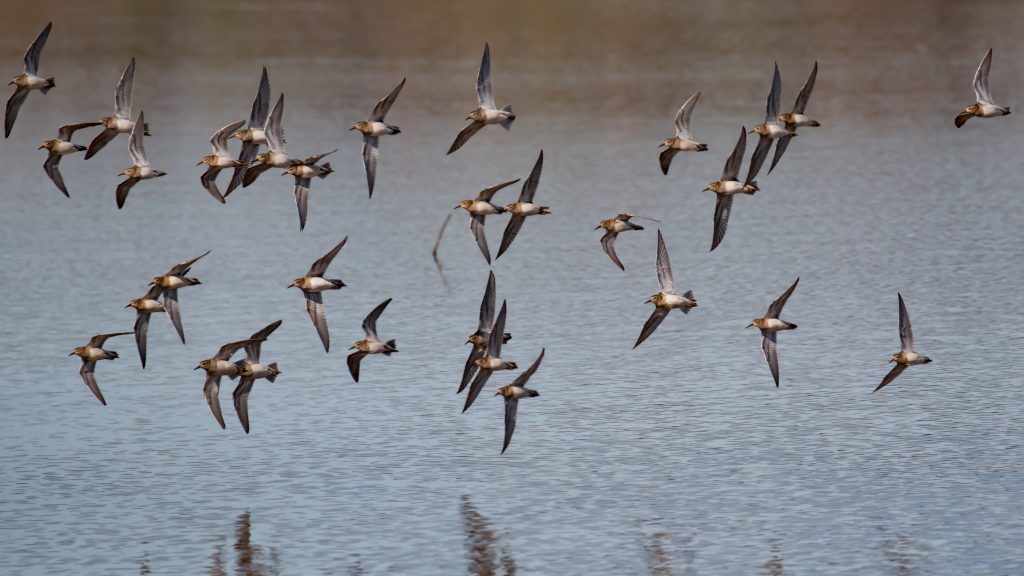
NOVEMBER: At Mt. Peter, early in the month, I had my first GOLDEN EAGLE of the season. I also had my first Snow Buntings and LAPLAND LONGSPURS of the season. Later in the month, thanks to a lead from John Haas, I got my first (of many) Cackling Goose of the season.
DECEMBER: I located a Red-headed Woodpecker at Glenmere Lake and then Kathy Ashman located 2 ROSS’S GEESE, also at Glenmere. I also had a pair of ICELAND GULLS at the Newburgh Waterfront, a week later Curt McDermott had 4 ICGU and a single Lesser Black-backed Gull at the same location.
BY THE NUMBERS
I almost left this section out this year because most of my numbers aren’t very pretty, but I enjoy looking at the numbers and I think they can be I had decided last year not to concentrate so much on birding in Orange County, but then I turned around and birded OC nearly exclusively, at the expense of the neighboring counties?!? I’m not sure what it is, but I guess I just enjoy getting birds in my home county more than anywhere else. Here’s my species numbers for the year:
MORE NUMBERS: I added 17 birds to my life list in 2017, putting my total at 388. I also added 12 species to my New York State life list bumping that up to 290, and I add 10 birds to my OC life list, giving me a total of 246. This is my 92nd post of the year, down 7 from last year, which I don’t think is too bad based on my birding time being limited these days.
MOST EXCITING BIRDING EXPERIENCE OF THE YEAR: LEAST BITTERN AT RICHARD W. DEKORTE PARK.
On July 30th Linda Scrima, Maria Loukeris, and I took a trip down to Richard W. DeKorte Park in Lyndhurst, New Jersey to break up the summer doldrums a bit. We left at the end of the day having had an experience that not many will have. We had an amazing encounter with a Least Bittern that was feeding right next to one of the blinds. The bird was super focused on its prey and never really reacted to us at all. To me, Least Bitterns are among the most secretive birds in our area, so I never dreamed that we could get such a close-up extended look and unbelievable photos ops. I can’t imagine that it will ever happen again for me.
TOP TEN PHOTOS OF 2017
So it’s always difficult for me to pick my top photos of the year – there are so many different criteria I could use I suppose, but basically it just comes down to the shots that I like the best and have held up in my mind over the year.
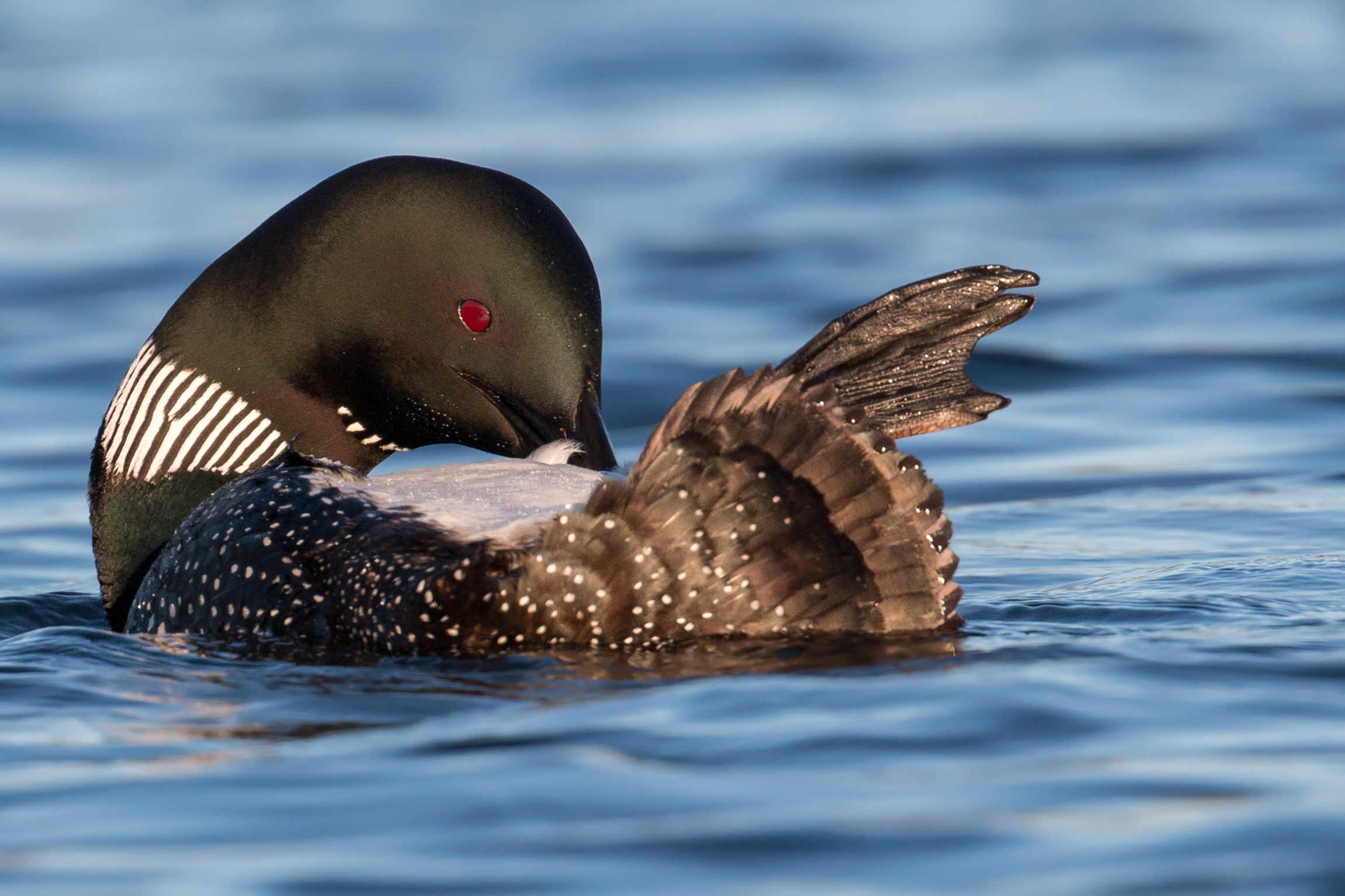
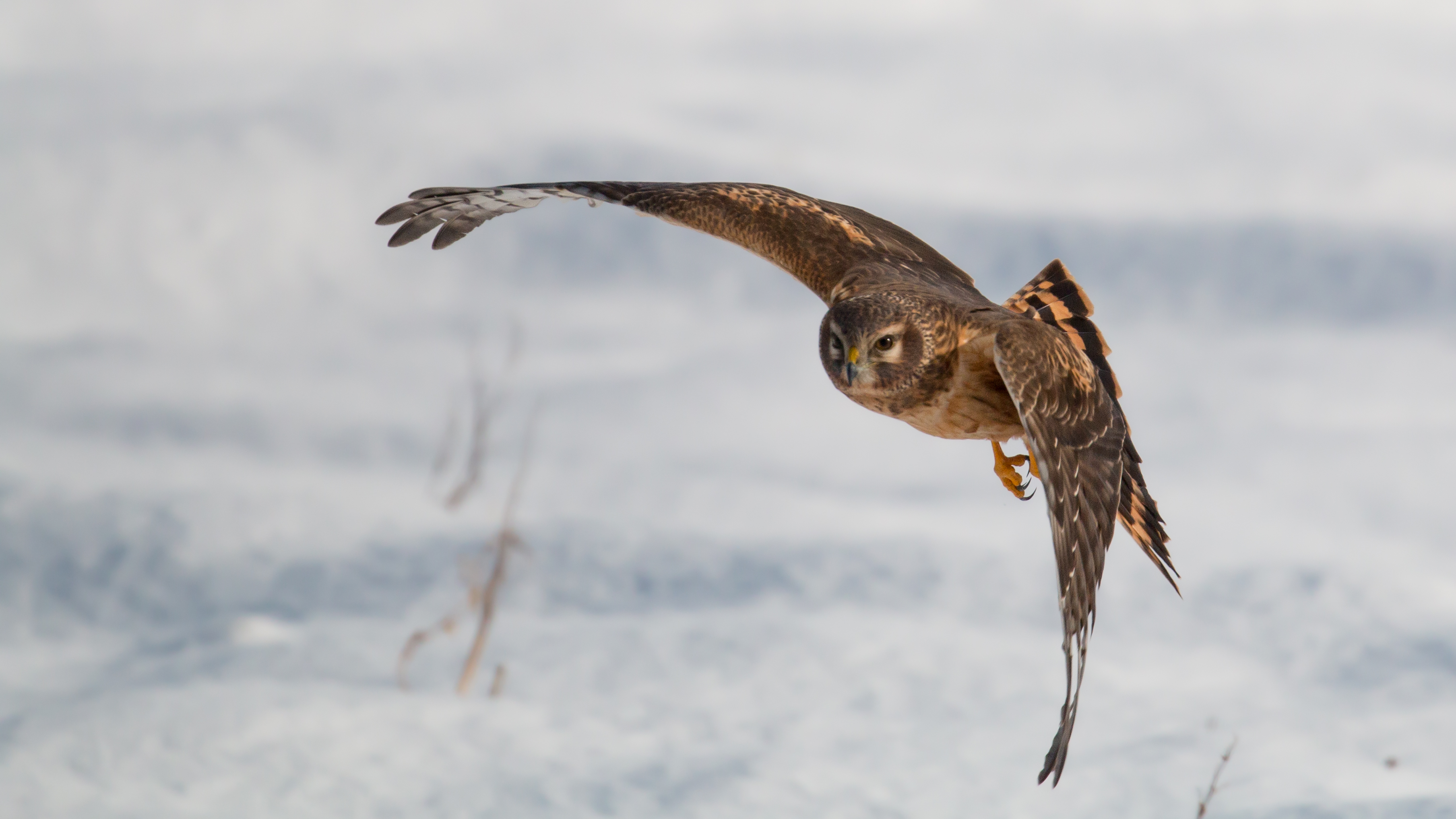
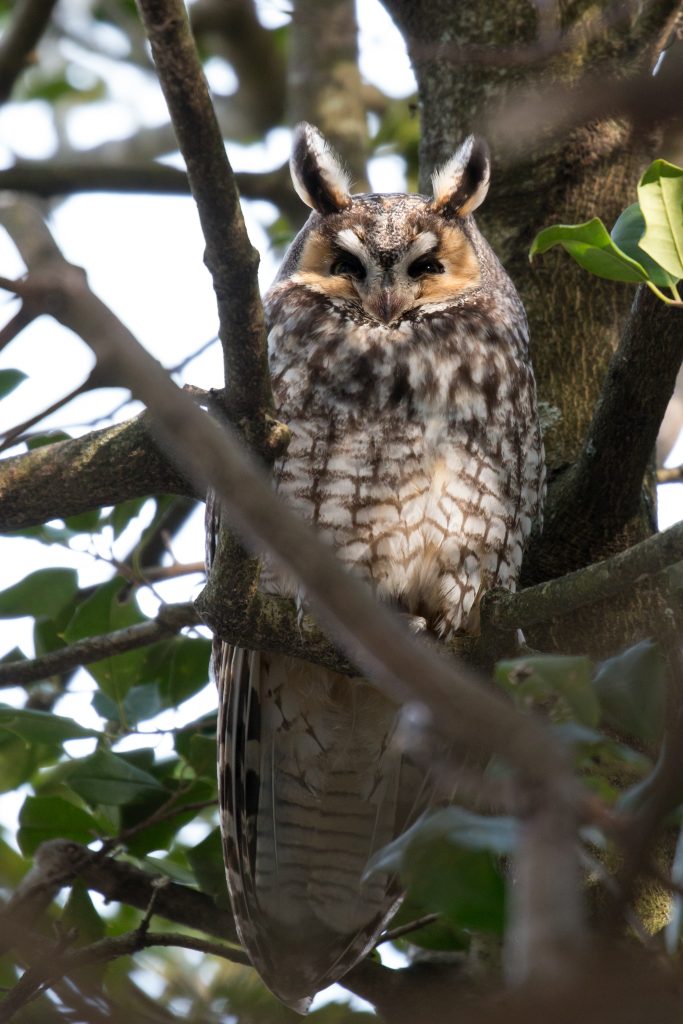

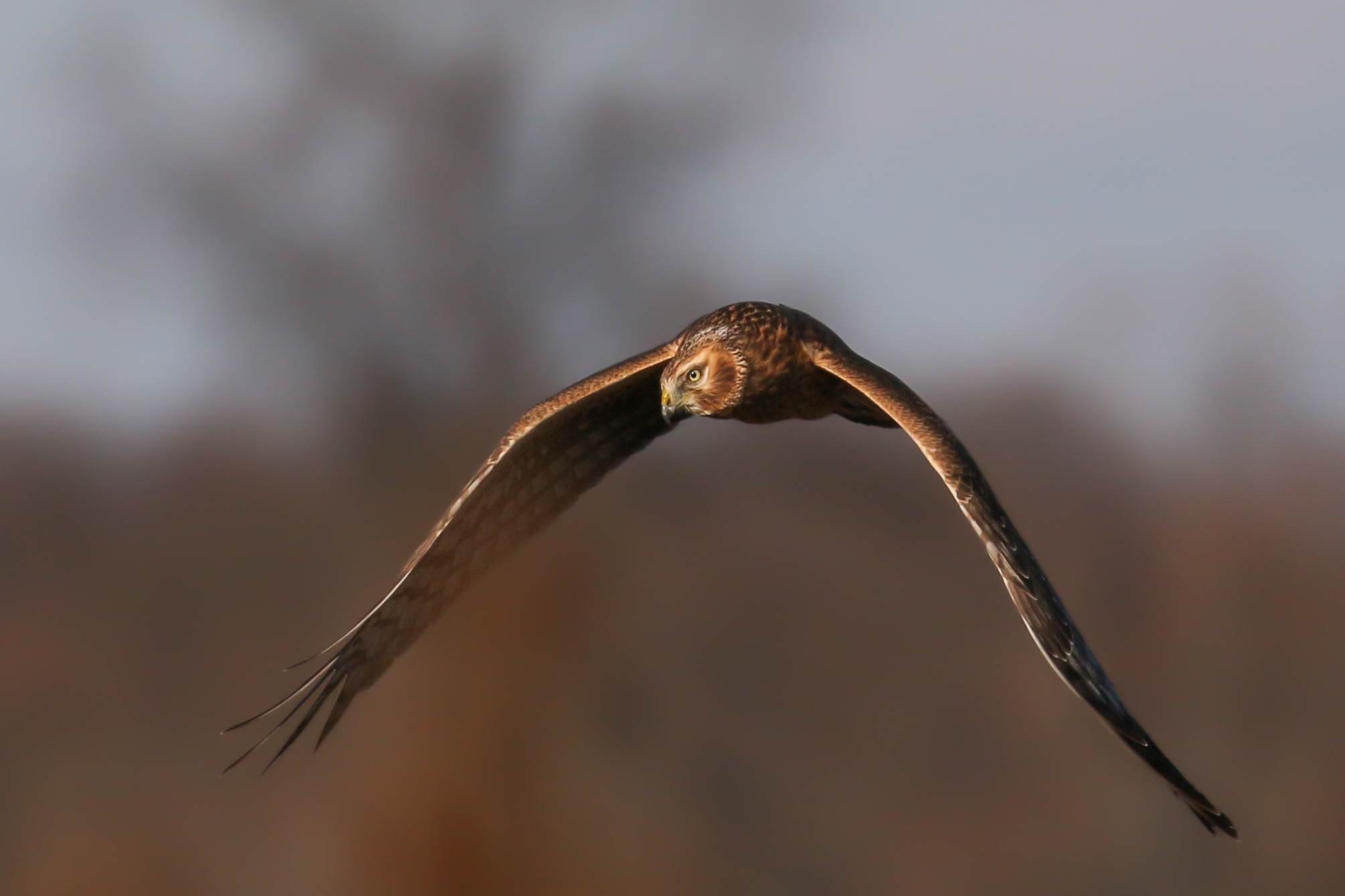
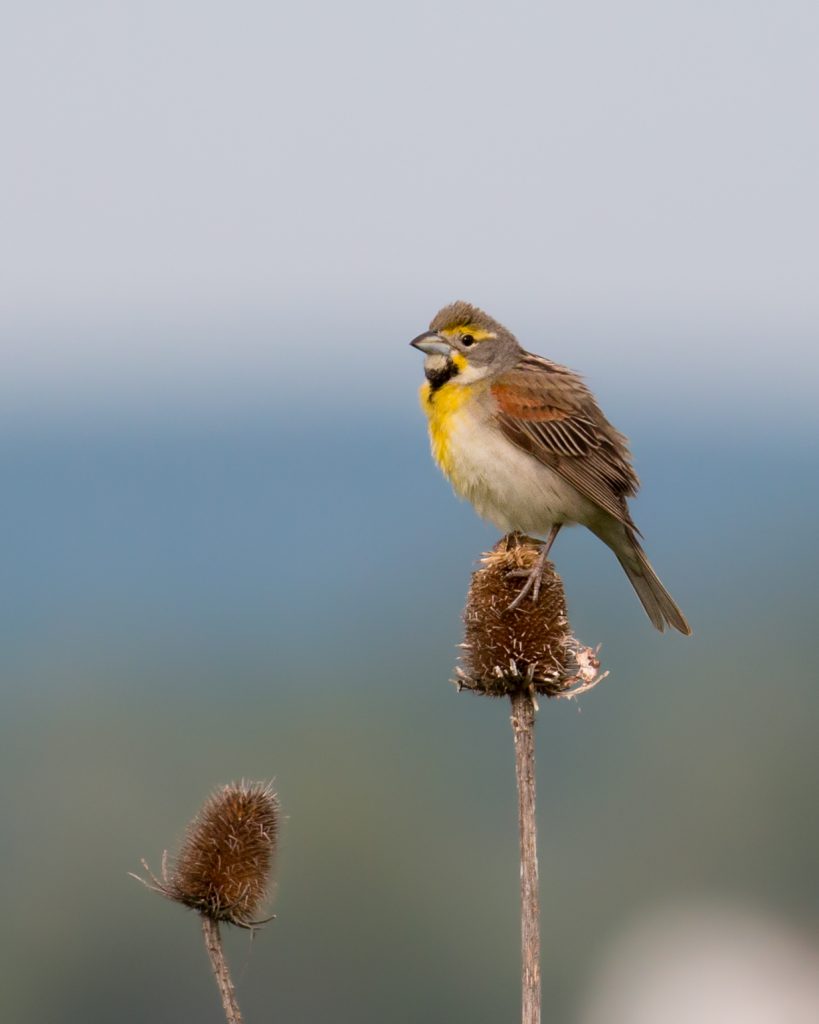
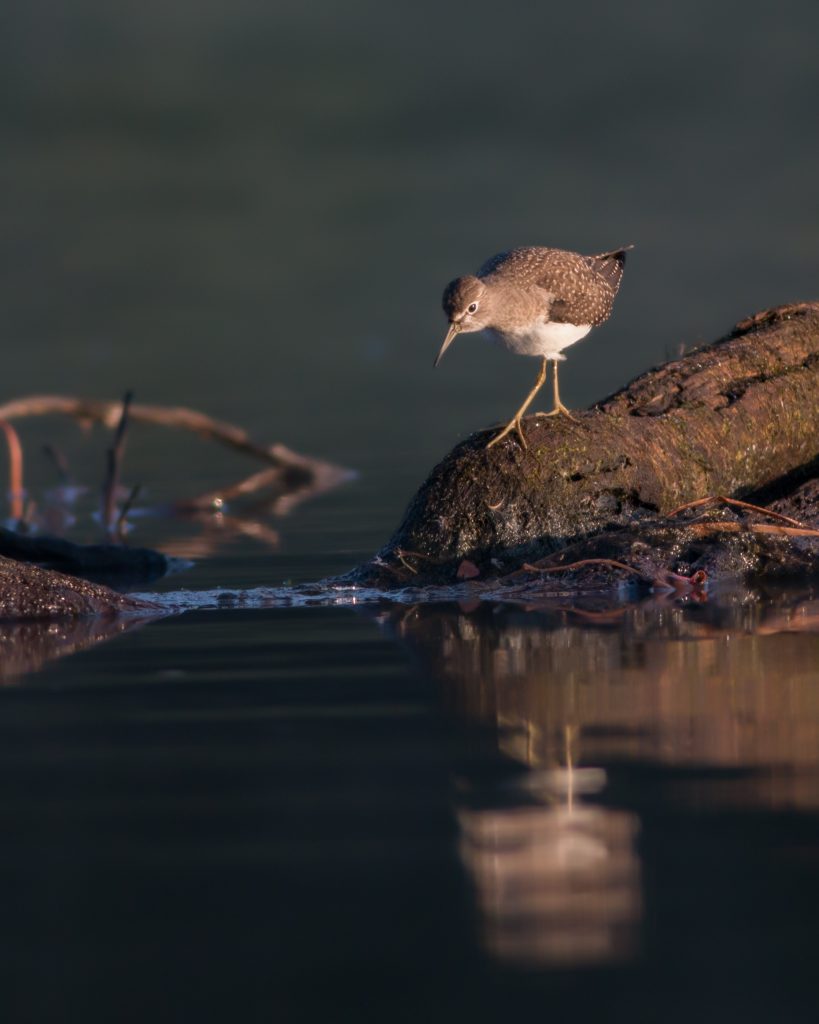
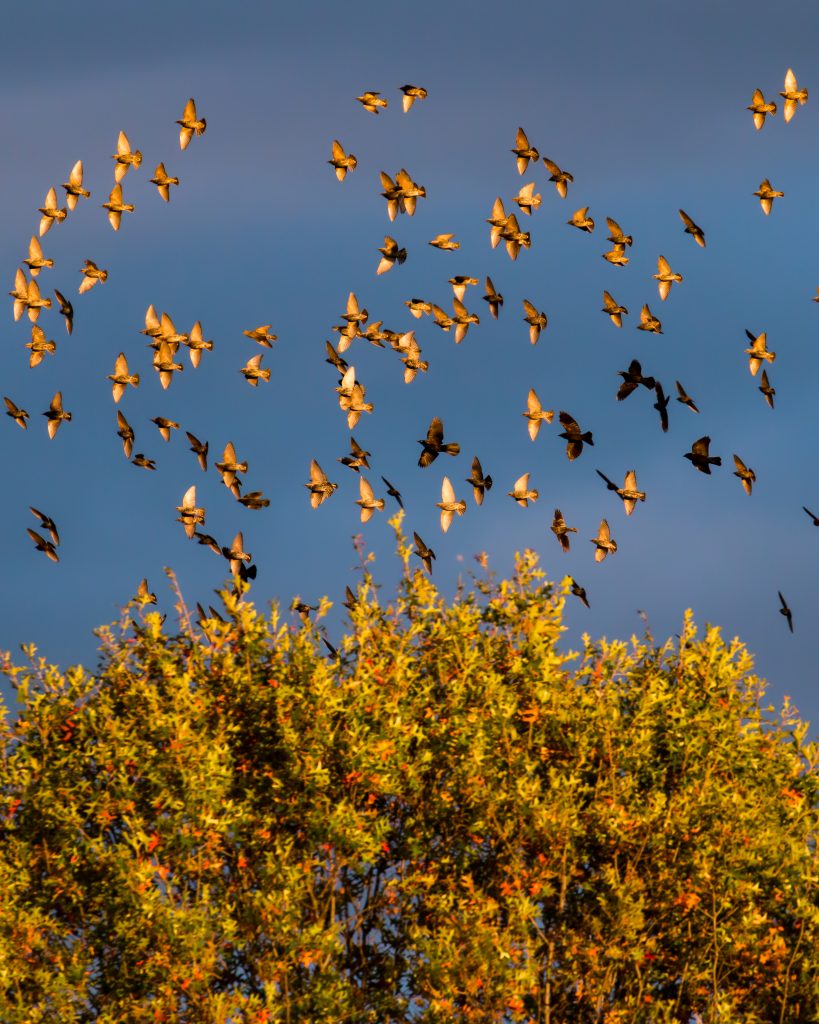
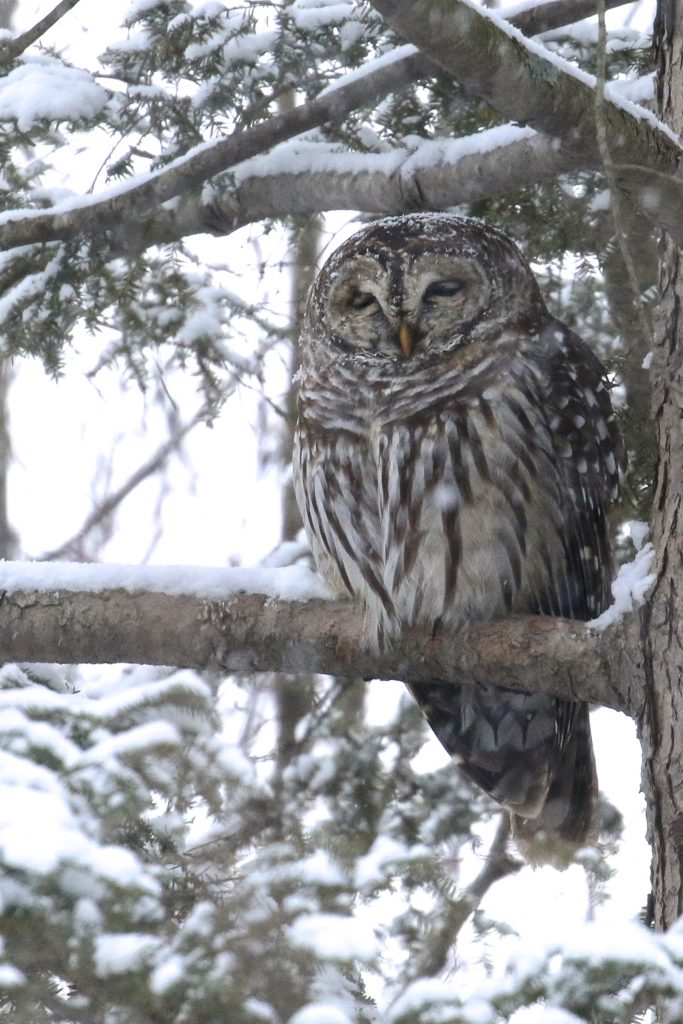
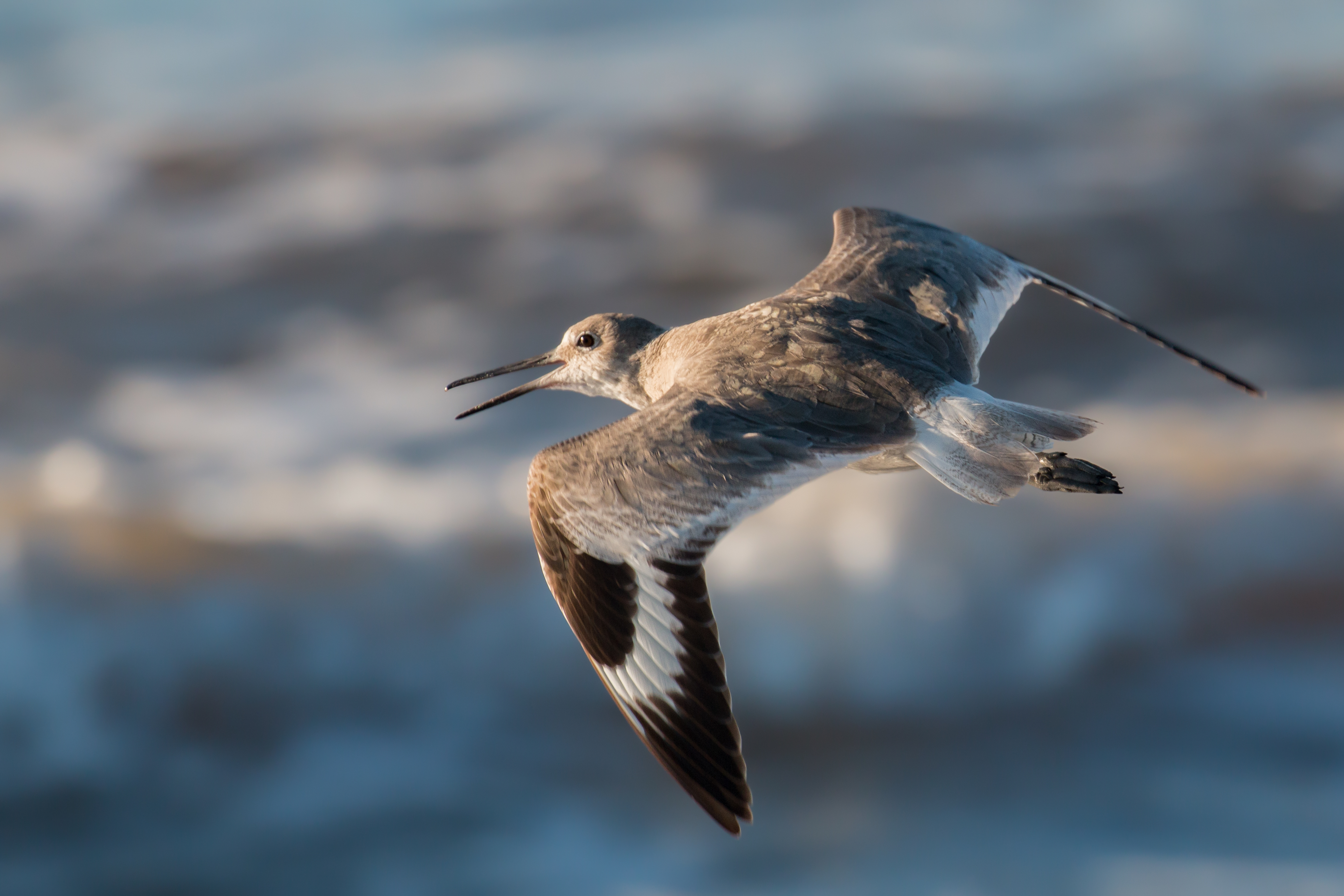
I’d like to thank everyone who reads the blog and especially those who comment – the comments really keep me going. And, as usual, I’d like to thank all my birding friends out there for yet another excellent year of birding, with special thanks to Rob Stone, Linda Scrima, Maria Loukeris, Kyle Dudgeon, John Haas, Karen Miller, Ken McDermott, and Judy Cinquina. Happy New Year to everyone out there, here’s to an extremely birdy 2018!


